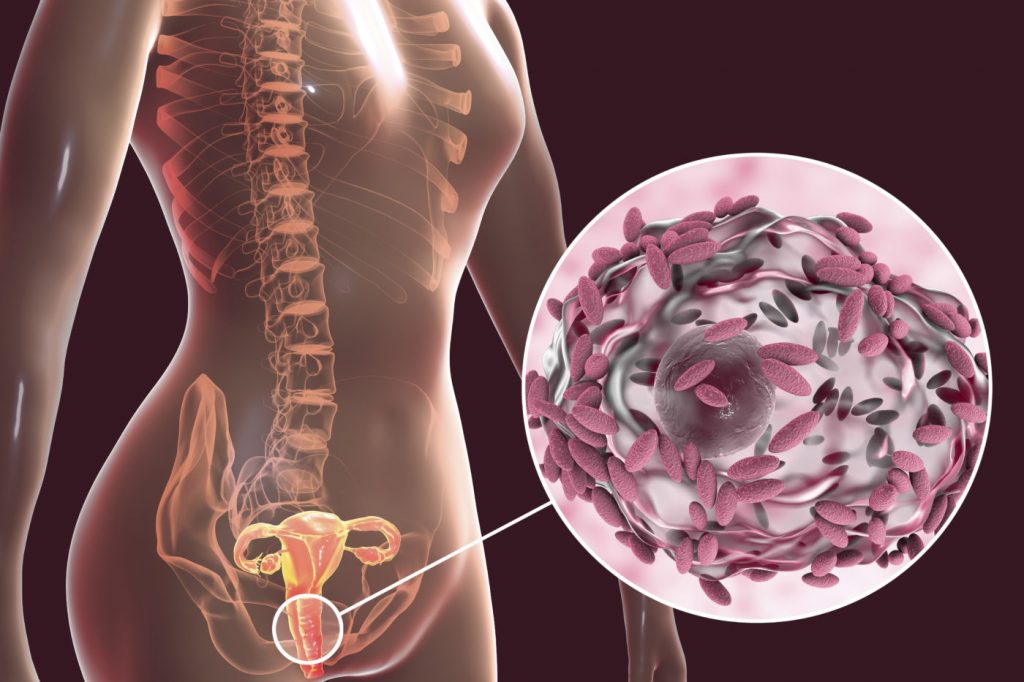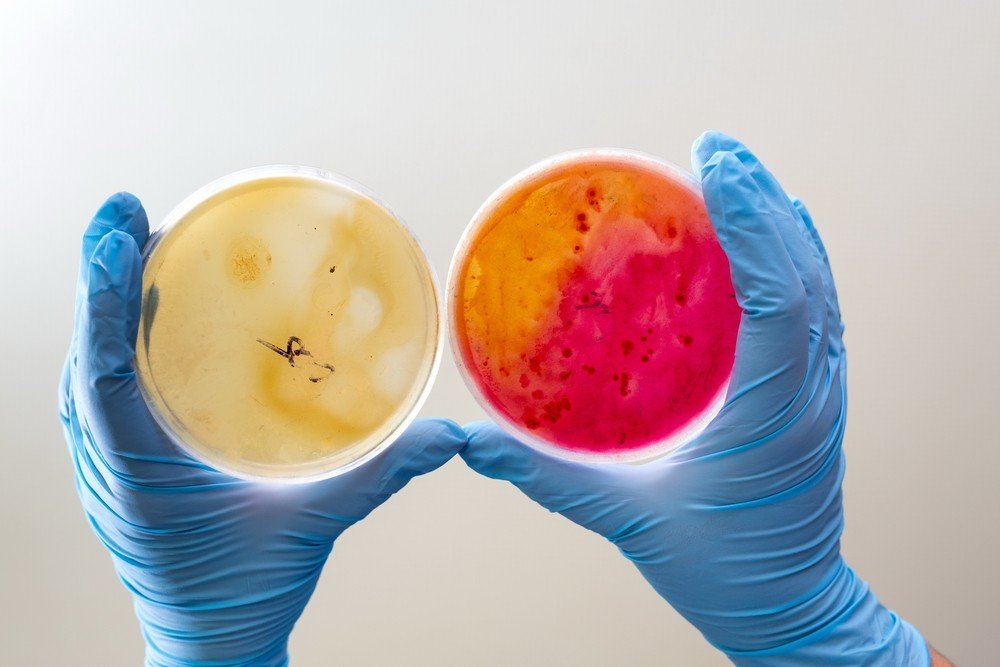





Home Remedies for Bacterial Vaginosis
Bacterial vaginosis is a vaginal infection caused by an overgrowth of bacteria. The vagina naturally has an environment containing “good” and “bad” bacteria. In cases of bacterial vaginosis, there is an excess of bad bacteria. This throws the vaginal environment out of balance. Bacterial vaginosis is a common condition that many women can get, regardless of whether or not they’ve had sex. Home remedies can be used to treat and prevent it. Some may be more effective than others. These treatments likely won’t be as effective as prescription medications. But many come without some of the side effects prescription medications can cause.
1. Yogurt
Yogurt is a natural probiotic. This means that it has plenty of healthy bacteria in it. According to the Mayo Clinic, eating yogurt may help introduce healthy bacteria back into the body. This helps establish a balanced vaginal environment, and could help fight off the bad bacteria. To get the full benefits, eat at least one serving of yogurt per day.
2.Probiotics
Yogurt contains some probiotics. But there are plenty of probiotic supplements available. According to a 2014 studyTrusted Source, there is evidence that taking probiotic supplements daily can help treat and prevent bacterial vaginosis.
If you have bacterial vaginosis, take probiotics daily to help treat and prevent future cases of bacterial vaginosis. Probiotics can come in pill or liquid form. If you’ve been on an antibiotic, this medication can kill off the good bacteria as well as the bad. So replace the good bacteria with probiotics supplements and yogurt.
3. Garlic
Garlic has strong antibacterial properties, and it’s long been used as a home remedy for bacterial vaginosis. One study found that taking a garlic supplement tablet could be an option for treating bacterial vaginosis.
4. Hydrogen peroxide
A 2003 study found that about 1 ounce of hydrogen peroxide used daily for one week as vaginal irrigation was able to help treat bacterial vaginosis as well as traditional medications. It comes with the advantage of a much lower cost than these medications. It also has fewer side effects.
5. Tea tree oil
Tea tree oil has powerful antibacterial and antifungal properties that can help treat bacterial vaginosis. One small study reported successful treatment of bacterial vaginosis with only tea tree oil.
Essential oils like tea tree oil need to be diluted with a carrier oil such as coconut, sweet almond, or olive oil. Choose an oil you know you are not allergic to and mix 5 to 10 drops of tea tree oil in 1 ounce of carrier oil. Do not use tea tree oil without mixing it with a carrier oil first as it can burn tender skin.
Many people are allergic to tea tree oil. Before you try this home remedy test a small amount of the diluted oil on your skin before using on your tender vaginal tissue. If there is no reaction in 24 to 48 hours, it should be safe to use.
There are different ways to use tea tree oil to treat bacterial vaginosis, including mixing it with coconut oil (or another carrier oil) and soaking a tampon in it. Insert the tampon into the vagina and remove it after an hour. Remove it sooner if there is any irritation. Repeat this a few times per day. Don’t sleep with a diluted tea tree tampon in place. You can also purchase tea tree oil vaginal suppositories.
Tea tree is an essential oil and not monitored for safety, quality, or purity by the FDA. Make sure to buy it from a reputable source.
6. Breathable cotton underwear
Certain types of underwear, including spandex, aren’t as breathable as cotton underwear. Wearing underwear made of these materials can trap moisture. This can cause a breeding ground for bacteria and can worsen a bacterial vaginal infection.
To help your bacterial vaginosis heal quickly and to prevent future cases, wear cotton underwear that’s breathable. Also, don’t wear tight pants.
7. Boric acid
Boric acid capsules can be used to treat bacterial vaginosis. According to UWHealth, boric acid capsules can be inserted into the vagina every night for two weeks to treat bacterial vaginosis.
It’s safe to use in the vagina and has been found to be as effective as some medical approaches to treatment. However, note that boric acid is not edible; it’s toxic to eat. It should be kept away from children and animals. It’s also not safe to use if you are pregnant.
8. Don’t douche
Some women douche because they believe it makes them “cleaner.” In reality, it can disrupt the natural balance of bacteria in the vagina and increase the chance of infection. According to the Mayo Clinic, the vagina is self-cleaning and douching only throws off the natural environment within the vagina.
9. Safe sex
According to Women’s Health, using condoms can reduce your risk of bacterial vaginosis. Meanwhile, having new or multiple sexual partners can increase your risk. Because of this, always use condoms, especially with new sexual partners.
10. Practice good hygiene
The anal and vaginal areas are close together. By practicing good hygiene, you can help treat and prevent cases of bacterial vaginosis. Always wipe from front to back after using the bathroom. This means wiping away from the vagina towards the rectum to avoid any contamination from stool. Change your pad or tampon several times per day during your period. Always clean your sex toys with soap and hot water. Assume that your partner also has the bacteria on their sex organs, and you may both need to be treated. All of this will help resolve cases of bacterial vaginosis as quickly as possible.
Risks and complications
If home remedies don’t work, bacterial vaginosis could continue and worsen if it’s not treated. Having raw areas of skin in and around your vagina increases a number of risks, including:
increased risk of contracting HIV if exposed to the virus
increased risk of premature delivery if you’re pregnant
increased risk of contracting other sexually transmitted infections (STIs)
development of pelvic inflammatory disease (PID)



